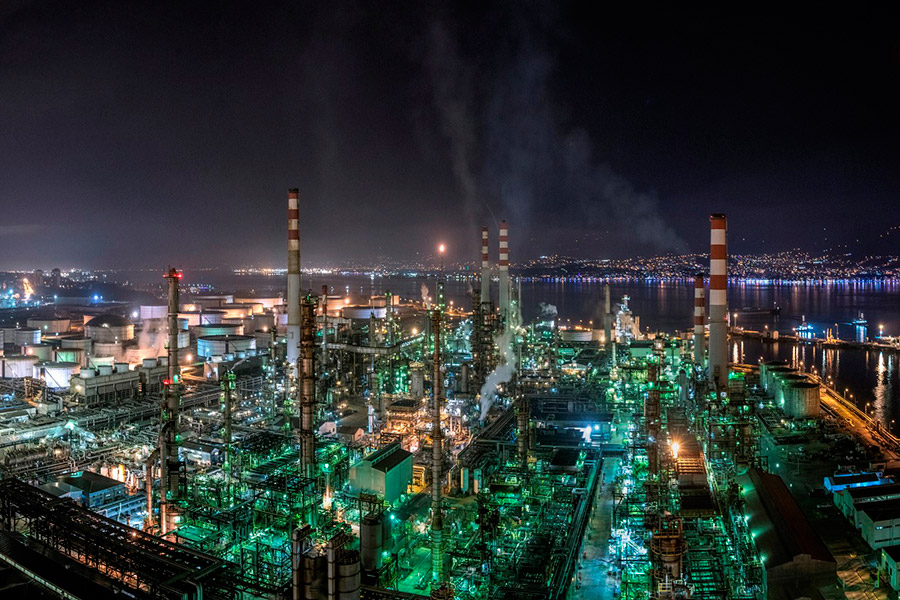Follower: Izmit IS initiative
Izmit petroleum refinery is located in the North-West of Turkey with a design capacity of 11.3 million tons/year. The main driver to join CORALIS relies on the potential costs reduction in the treatment and valorisation of waste by following an IS initiative.

One of these wastes is dirty caustic, most of which comes from LPG cleaning and kerosene cleaning units, but also from isomerization, hydrocracker and coker units. Sulfidic and phenolic dirty caustic are firstly mixed and stored in the same tank.
In addition, there is always a steady flow of dirty caustic in the refinery that is sent and stored to another unit. Here it is neutralized and H2S and mercaptan are removed from caustic. Subsequently, it is sent directly to the water-treatment unit without being stored.
Within the scope of the project, the scenario of providing dirty caustic as an input to another factory (i.e. a pulp and paper factory) without being cleaned in the treatment unit will be studied. Moreover, Tupras will bring to CORALIS their experience in CO2 conversion projects like COZMOS and MOF4AIR, obtaining in return strategies and business cases for their exploitation in a symbiotic scenario.
Description of the demonstration readiness level towards Industrial Symbiosis (IS)

Tupras has participated in previous IS initiatives and therefore is experienced in the requirements such an approach may require at company level.
The main obstacle in this occasion is related to the need to establish a fluent dialogue with the targeted industries for the exchange of waste as an alternative raw material, as well as the need of transportation licenses for toxic or regulated wastes.
The dirty caustic waste is produced continuously at 1-2 m3 per hour and currently, 3$ is spent to clean the dirty caustic per m3. By evaluating dirty caustic directly in another production system, the total cost of approximately 53,000$ per year can be prevented just from treatment operations (storage savings are not included in this amount).
Caustic soda is a major industrial commodity with a wide range of applications. Hence, the recycling of refinery spent caustic offers important opportunities for the valorisation of this waste.
For TUPRAS, if all their caustic waste was to be recycled, it will imply savings of 53,000$ per year only in treatment, figure that would be increased by the savings in storage and logistics and the spent caustic and potential incomes from end-users.
The challenge is to find a process on which the spent caustic can be used (almost) untreated. One potential end-user would be the pulp and paper industry, on which the spent caustic from ethylene cracking can be used in the Kraft process.

Targets of the follower and main challenges to be overcome
The main objective is to evaluate and establish a dialogue with companies at national level that can make use of dirty caustics.
To this end, economic analysis will be performed based on previous experiences at worldwide level and the location, transportation costs and the suitability of waste will be assessed for each potential use case.
Life cycle of this potential symbiosis also will be evaluated with the objective of optimizing the sustainability of the solution while aligning the initiative with relevant regulations.


